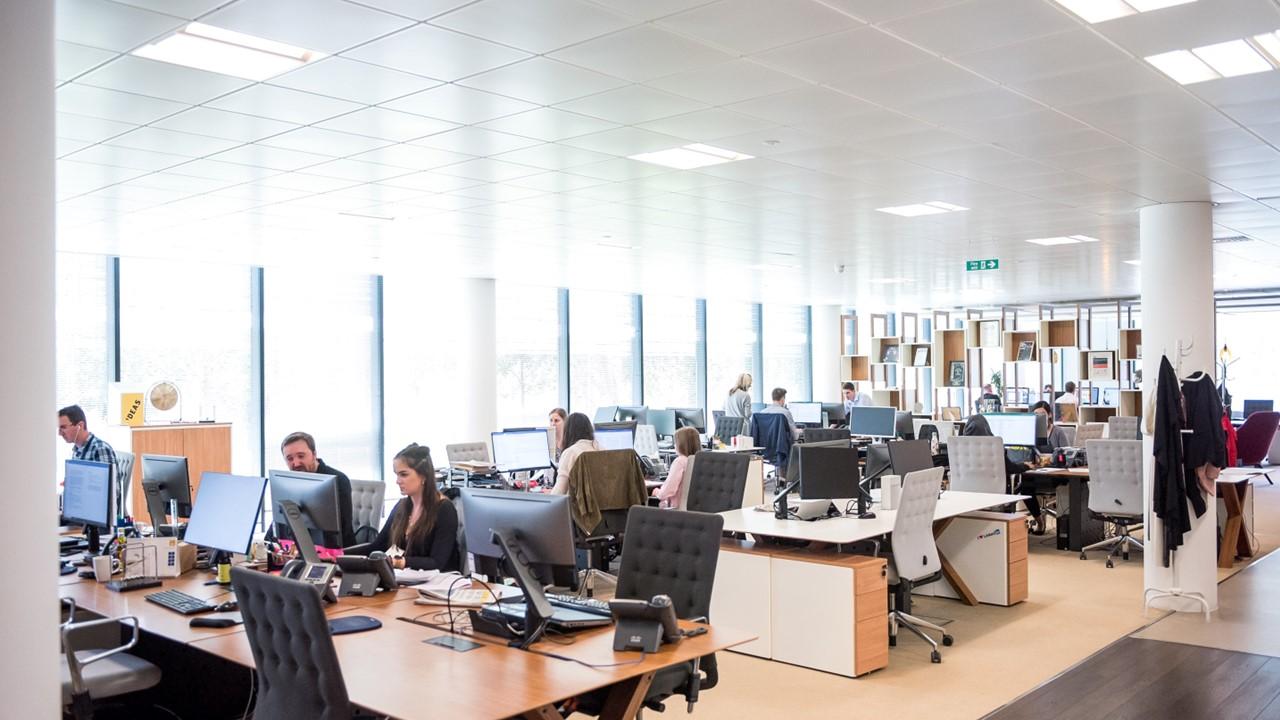It's Twice As Expensive to Work at the Office, But Companies Are Pushing for It Anyway
What’s cheaper — working from home or in the office? The answer may not surprise you, but there's a push for employees to return to the office regardless of the price.
Sept. 20 2022, Published 1:33 p.m. ET
What’s cheaper: Working from home or working in the office? The answer may not surprise you, but what may is the steadfast push for a return to the office regardless of the price that employees must pay.
A recent survey shows working at the office can be a costly addition to a person’s budget if they’re used to working at home. Here are the details.
Working at the office is reportedly twice as expensive as working from home.
Video conferencing company Owl Labs recently released a survey about the cost of working in the office vs. working at home. The findings suggest that working at the office can be about twice as expensive as working remotely.
According to the data, employees working at least part time in the office spend $863 per month on work-related expenses (including gas, vehicle wear and tear, other transportation, food, and more).
In comparison, remote workers spend about $432 per month on work-related expenses (including utilities, meals, and more). That’s nearly half of what in-office workers spend!
Naturally, these numbers vary depending on where you live, where you work, and what kind of expenses you incur. Still, a difference of $440 per month, or $5,280 per year, is nothing to ignore.
Other data solidify this trend. Deloitte surveyed millennials and Gen Z workers and found that 75 percent of them prefer to work from home due to its affordability.
Returning to the office is on an upswing regardless of the cost.
According to data from Kastle Systems, a company that tracks security swipes into buildings, workers are quickly returning to the office in 10 major cities.
The data shows workers returned to the office from September 8–14 at a rate of 47.5 percent of pre-pandemic levels. The current data is being compared to rates of working at the office in early 2020. Mid-week days were reportedly higher for working at the office than days close to the weekend.
Kastle says this is a pandemic high. While President Biden said “the pandemic is over,” 400–500 Americans are still dying daily from COVID-19. The pandemic is far from over, and remote work flexibility for people who come in contact with the virus remains crucial for the modern workforce. Still, many companies are pushing employees to fully return to the office and marking remote work as the exception, not the norm.
As data comes out about the true cost of working in the office compared to remote work, the push for a return to in-person work holds a different meaning. A company’s policy against remote work despite an employee’s ability to adequately and safely do their job from home could say a lot about a company, potentially impacting its attractiveness to in-demand workers.
Workers are advocating for a higher salary for in-person work.
Due to the increase in costs associated with working at the office compared to working from home, it would make sense for workers to advocate for higher pay when employers request more in-person attendance.
By combining the data from these studies with the realities of your own life, you can make a tangible case that’s hard to ignore and find jobs that treat you well.


